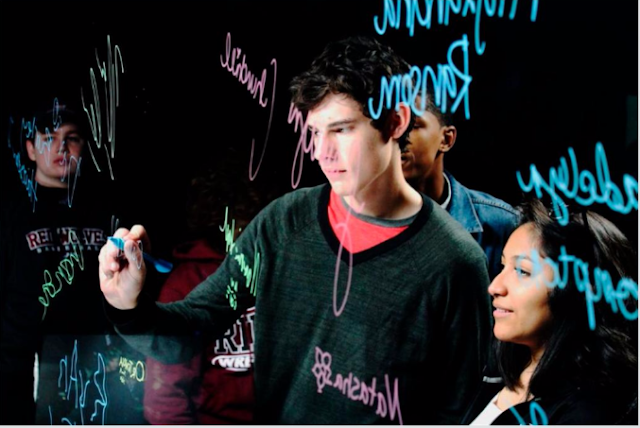Aperture, Shutter Speed, and ISO

f2.8 f16 1. We can closely relate aperture to our eyes. 2. The smaller the aperture size, the higher the aperture f-stop number. 3. Aperture effects depth of field by how much it blurs out the background, and the area in focus. high shutter speed slow shutter speed day time (a) high shutter speed (b) moderate shutter speed (c) very high shutter speed (d) very high shutter speed (e) high shutter speed (f) very high shutter speed night time (a) lower shutter speed (b) low shutter speed (c) moderately low shutter speed (d) moderately low shutter speed (e) lower shutter speed (f) moderately low shutter speed 2. The three settings on my camera are aperture priority, shutter priority, and manual mode. Aperture priority lets you focus on the aperture and the camera calculates the shutter speed for you. Shutter priority lets you set the shutter speed and sets the aperture for you. Manual mode sets the aperture and the shutter speed f...













